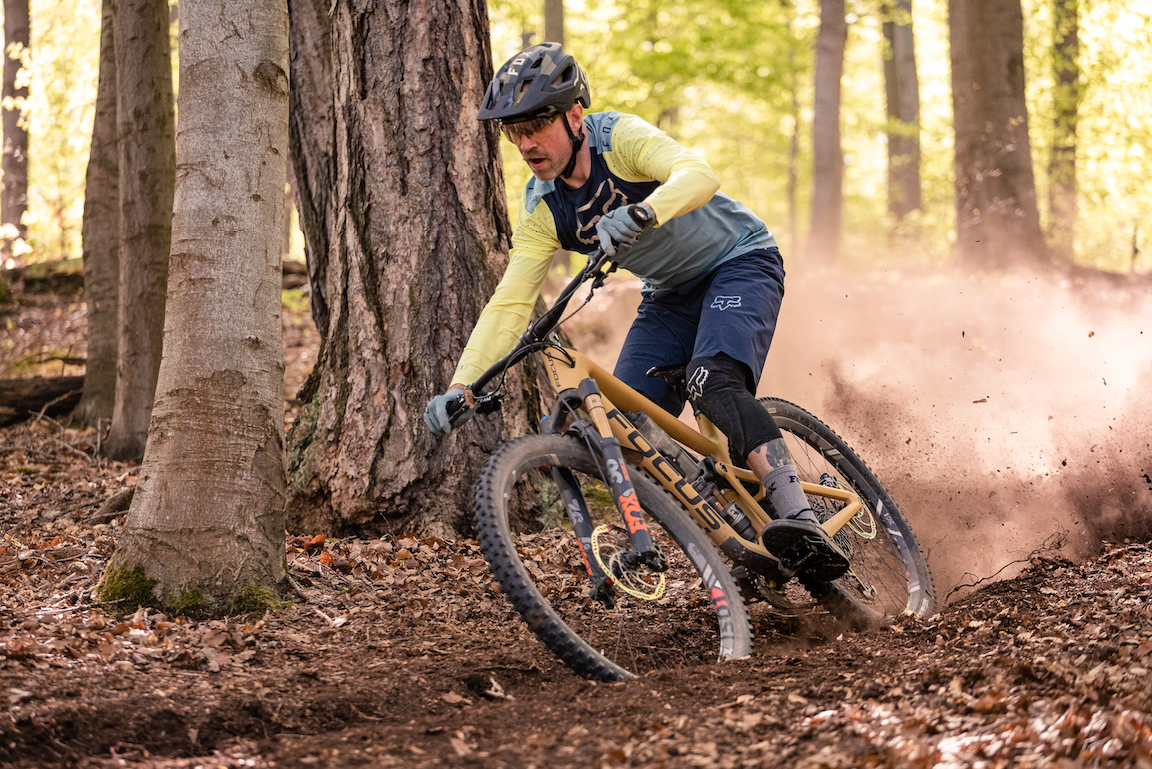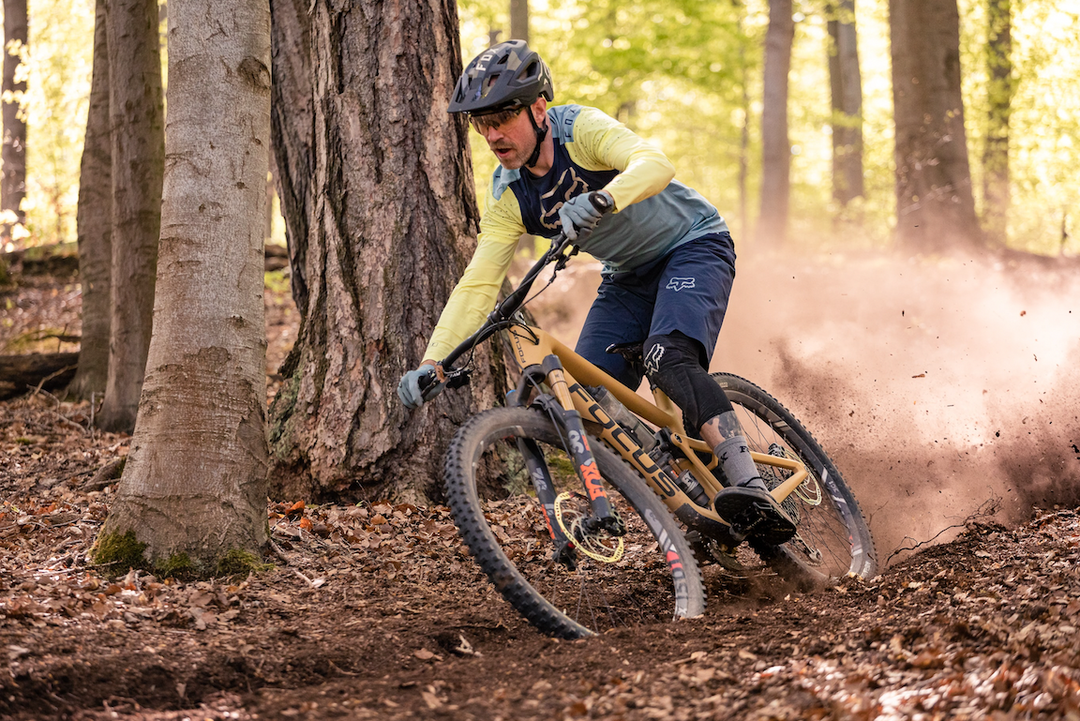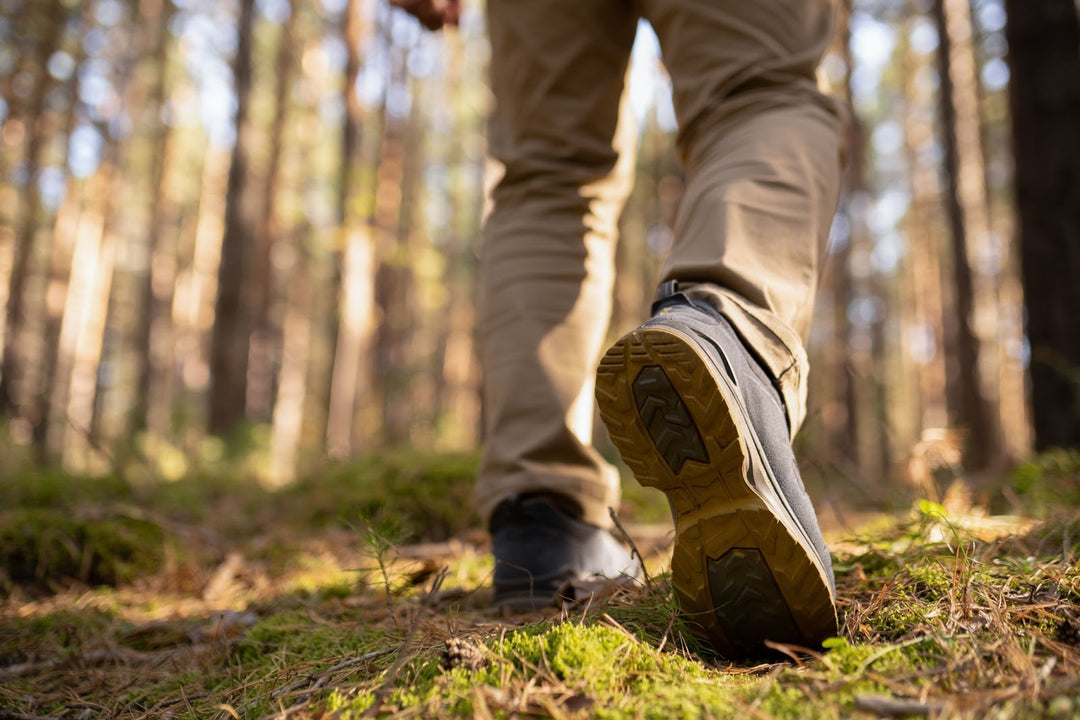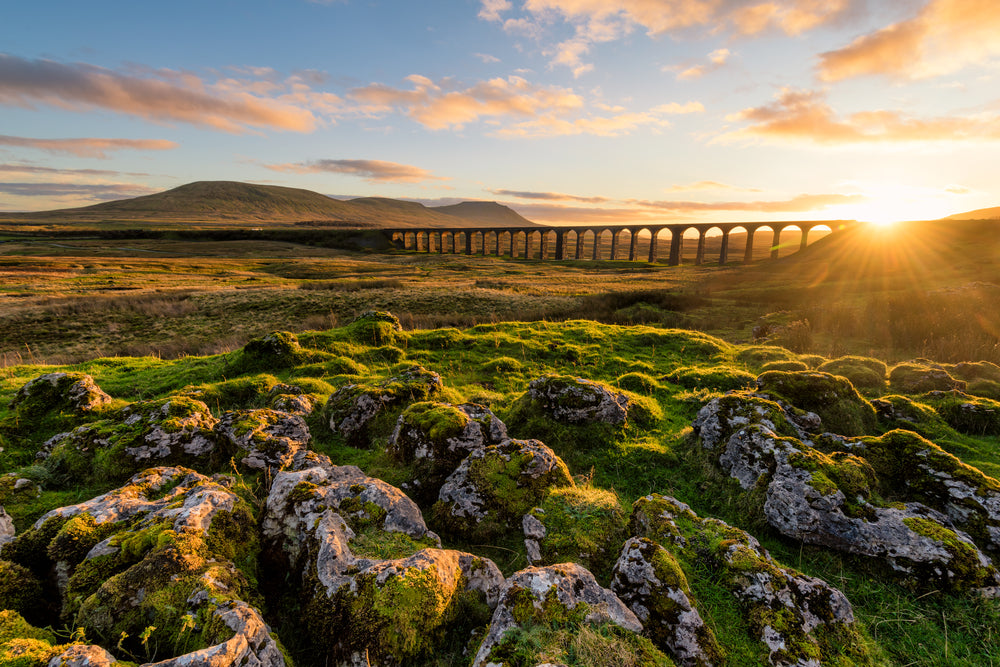Mountain biking is filled with plenty of thrills and spills, but before you clip on your helmet, and jump on your saddle, there’s a few things you should know. As well as being exhilarating, MTB (as it’s often known) can be risky if you’re not prepared, and especially if you don’t have the right kit.
In this post we’ll share everything you need to know before you hit the trails, helping you choose the right bike, equipment, technique and places to cycle.
Choosing The Right Bike For You
A bike is much more than two wheels and a saddle. There are dozens of bikes to choose from, and it can be tricky to figure out which would be right for you.

While it may seem simple, first and foremost, just hop on a bike! Plan a trip to your local bike store and sit on the bikes that take your fancy. Saddles themselves are almost always adjustable, so slide them up and down to see if there’s a height which suits you. Then, check out the reach distance between your seating position and the handlebars, and make sure you’re not too far or too close to them. This is vital, as you can’t change the length of a bike frame, unlike the height of a saddle. Also be sure to take advantage of the knowledge of your store’s shop assistants - ask them for their advice, not only on the bikes themselves, but also about mountain biking routes on offer in your local area. It’s likely they’ll have plenty to say.
It’s also important to ensure you can comfortably control your bike in a variety of riding situations, so check the following before you hand over your cold, hard cash:
- Ensure pedalling is comfortable, with only a slight bend in your knee as you cycle.
- Check that you can reach and operate both brakes on your handlebars.
- Ensure there’s 2 inches of clearance between you and the saddle when you stand over the bike.
You’ll see a number of mountain bike types, including cross-country, all-mountain, downhill, trail riding and enduro bikes. A cross-country bike is best for a beginner, as it offers features designed to tackle multiple trail types including gravel, roads and off-road.
Beyond The Bike - Choosing The Right Kit
Picking the right bike is only one piece of the puzzle, as you also need plenty of other equipment to help you along the way. The clue is in the name; mountain biking is likely to take you off the beaten track, quite literally, so you should ensure you have everything you need no matter where you end up on your bike.
As for your own clothing, a good pair of gloves is a must, both for keeping your fingers warm as you fly through the air, and to also give you plenty of grip on your handlebars. For your torso, choose a breathable cycling jersey that will allow your skin to breathe, and a pair of water repellent cycling trousers to protect your legs whatever the weather. It’s also a good idea to don some waterproof socks to keep your feet dry in the event of a heavy downpour.
You may end up covering many miles while on your bike, so you’ll need plenty of supplies to keep you going, and a suitable bag to contain them. Decide whether you’d prefer a backpack or a bike-mounted pannier bike bag; if you intend to lock up your bike and take part of your journey on foot, a backpack is best. If you’re inseparable from your bike, a pannier is a good choice, as these bags clip neatly onto the sides of the frame, and so will save any extra weight on your back. Whichever bag you choose, be sure to pack it with plenty of food, water, a basic first aid kit, and cycling tools such as an inner tube and tyre pump should you get a puncture.
On your bike itself, install a set of lights front and rear both to illuminate your path on nighttime rides, and to increase your visibility to any other cyclists or vehicles. A set of mudguards are a great addition as they’ll help keep you dry for longer when ploughing through muddy terrain.
Last but most definitely not least, choose a well-fitting helmet. A good helmet is vital to protect your head during any falls or collisions - don’t get on your bike without it.
Honing Your Riding Technique
There’s a lot more to mountain biking than simply pedalling and steering. Riding over the different types of terrain you’re likely to encounter means you’ll need to learn how to position yourself for stability and coordination.

Keep yourself loose when riding your bike, and try not to tense up as you tackle tough terrain. Don’t hunker down and hold onto your saddle - be prepared to stand up and use your arms and legs as additional suspension when riding over large rocks and or through a ditch.
It’s also important that you maintain your momentum, rather than constantly slowing down and speeding up. Don’t be put off by a steep trail, charge ahead and speed up; you’ll be thanking yourself later.
As well as to keep up your momentum but also to keep you safe, go easy on the brakes. If you’ve never taken on a steep descent before, there’s a good chance you’ll be wanting to slam on your brakes, but it’s much safer to brake gently and progressively, and especially not to brake solely using your front brakes, otherwise you could end up flying over your handlebars!
While it's best not to be so trigger happy with your brakes, you should give yourself free rein with your gears. When cycling on mostly flat surfaces, casual cyclists tend to find a single gear they like to use and stick to it. This is a bad idea when you’re off the beaten track, as most mountain bike trails feature undulating terrain that frequently climbs up before going back down again. Keep an eye on the path ahead, and shift up and down your gears to help you take on what’s coming next.
Choosing The Right Trail
With a good bike, technique, and all the right equipment under your belt, now’s the time to find a place to go riding. As a beginner, it’s best to start small rather than throwing yourself in at the deep end. With a quick Google search, you’ll find a variety of dedicated trail centres around the country, with routes specifically crafted for mountain bikers of various experience levels.

At each of these centres, routes will be signposted according to their difficulty, using different colours to denote each. Green routes are the easiest, with wide, sweeping trails featuring the flattest terrain and smooth curves. For a step up, blue routes usually feature more challenging terrain, with steeper climbs and more obstacles such as tree roots and loose surfaces. Red routes go further, with more technical challenges such as berms, stones and steps. Finally, the most challenging routes are black, double black and orange routes - each of these colours are used by various centres to denote the most challenging routes of all, featuring substantial gradients and obstacles that could be dangerous to the uninitiated.
Green routes are perfect for most beginners, allowing you to get used to the feel of your bike, giving you an opportunity to gradually increase the speed and intensity of your cycling before taking on those tougher trails.
Time To Get Pedalling!
That may have seemed like a lot to take in, but with the right bike, technique and equipment, you’ll be ready to take on those beginner trails in no time. Before long, you'll be skidding, jumping and shredding your way around the more challenging routes.
Just take your time, gear up, and most of all, enjoy it. MTB can offer the most exhilarating thrill, and is the closest you can get to feeling like you’re flying, while on the ground.
Remember to check out our complete range of waterproof socks; all of our socks are breathable yet 100% waterproof, making them perfect for keeping your feet dry when you’re charging through big puddles, streams or during heavy downpours.





